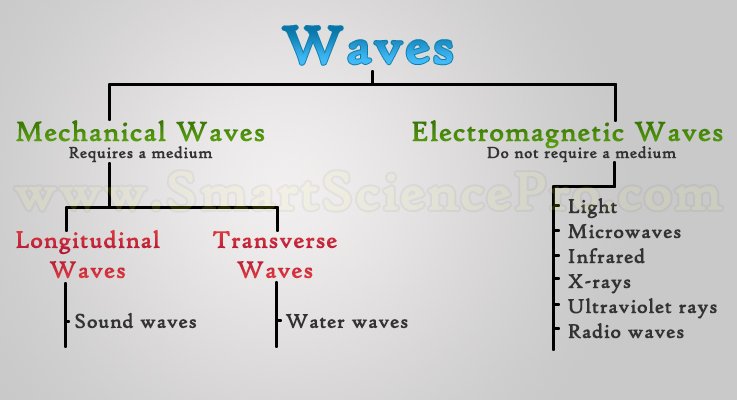 |
| www.smartsciencepro.com |
This week in science, I learned about different types of waves and how they are used everywhere around me. Waves can be put into 2 different major categories, mechanical waves and electromagnetic waves. The difference between them is that mechanical waves require a medium to travel through while electromagnetic don't. Then, mechanical waves can be broken down into 2 categories, longitudinal waves and transverse waves. Sound waves also travel differently depending on which medium they travel through. When sound travels through a solid, it travels at the same speed that it typically would. When it moves through a liquid, it travels slower due to the molecules being not as close. In a gas, sound travels very slowly because the molecules are so far apart.
S&EP - Using models
This week, we did an experiment using slinkys. These slinkys were used to model the differences between longitudinal and transverse waves. In transverse waves there is a displacement in molecules that go through compression and rarefaction's. This was exemplify through the slinky because of the spring expanding in certain areas and tightening in others when it was pushed. Longitudinal waves travel up and down and have a trough and crest, so this was shown when we waved the slinky up and down. this created waves that resulted in having a trough and a crest and bounced up and down when moved in that matter.
XCC - Energy and Matter
No comments:
Post a Comment